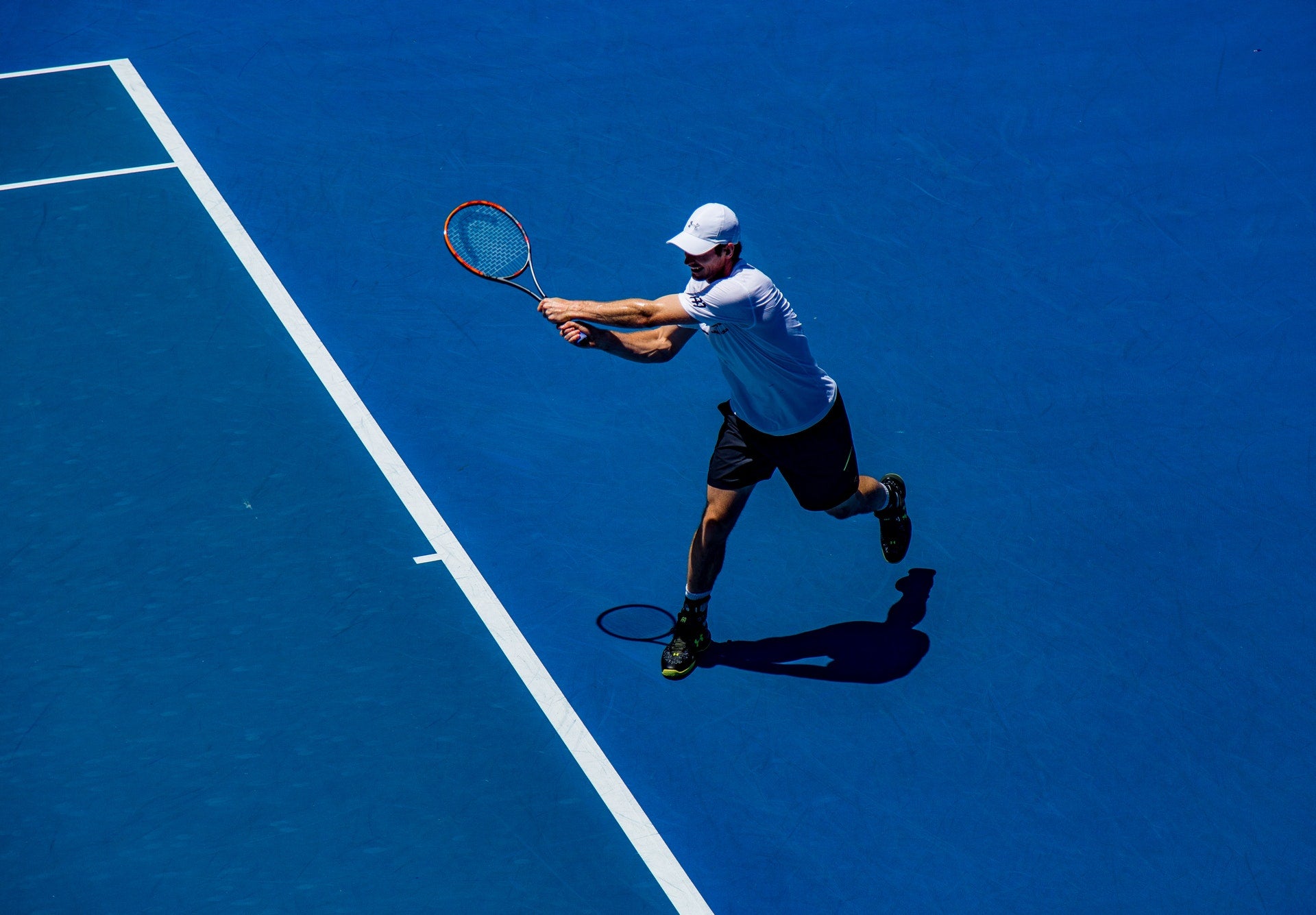
ROLLOLOGY FOR TENNIS, ARTICLE BY ALEXANDRIA CASSEY
Maintaining strength and flexibility is important for any professional or amateur athlete. It’s what helps us stay injury-free which is an indispensable quality, especially in sports with such a high number of injuries like tennis. Michael Davison of the rehabilitation clinic Isokinetic states that intense training and tight schedules increases the vulnerability to injury in many high-ranking athletes. To add to that, there’s also the issue of cumulative fatigue which the likes of Serbian professional player Novak Djokovic have experienced.
Aside from taking time off, Rollology is the perfect supplement to an athlete’s regime as it can contribute to their longevity. A tennis player requires shoulder stability, hip mobility, rotational strength and lateral speed all of which can be improved with Rollology. Many of these skills can be attributed to core strength; for instance, strong external oblique muscles, located at the sides of the trunk, improve the ability to rotate the upper body, which is vital for a strong serve. In a previous post on Rollology Fitness we highlighted that core strength is the foundation of this fitness program. This system of muscles that protects the spinal column is simultaneously stretched and strengthened through specific Rollology exercises.
If you look at the muscles required to play tennis, you will notice that most of them belong to major muscle groups. LiveStrong details how the first to get activated are the calves, quadriceps, hamstrings and glutes. The power is then transferred to the trunk where the external and internal core muscles are engaged to support the spine. Lastly, the chest, shoulders, upper back, and arm muscles react to finish the coordinated movements. The transfer of energy begins from the ground up and permeates the entire body.
The important detail to note here is that the core is the connecting factor in this movement chain, which is why it’s important to continuously train it. A tennis player with quick footwork and toned shoulders will not be very efficient on the court without strong abdominal muscles. Take it from Roger Federer who revealed that he’s been focusing on more core exercises throughout his training. To the surprise of many, fans and critics alike, the Swiss Ace remains at the top of his game despite surpassing the peak age that many expect from an elite tennis player. Last year, at the age of 36, Federer experienced a resurgence which not only saw him finish the year as the top earner in the sport but an icon on the tennis circuit. As Federer has clearly realized through his many years of playing, to ignore core strength can be very limiting to overall performance. Strong core muscles are responsible for rotation, extension and side bending which are all basic movements in tennis.
These large muscle groups also serve as a support system for joints and tissues that are prone to injury. Through Rollology, tennis players will be able to limit common injuries such as:
– Lateral epicondylitis or tennis elbow
– Rotator cuff tendonitis
– Impingement syndrome
– Hamstring and calf strain
– Achilles tendon injuries
For instance, the rapid direction-change in tennis can cause unwanted strain on the knees. Increasing functional strength in the muscles surrounding the knee joint— the quads and hamstrings in particular— will also increase resistance to injury. Another common injury is tennis elbow which is a product of overuse and stiff shoulders. What Rollology does specifically, is reduce tightness in those areas so that their main function of protecting joints will not be affected. Overall, Rollology offers athletes the chance to relieve muscle strain and increase functional strength that can go a long way towards athletic performance.
Article solely for the use of rollologyfitness.com
Submitted by Alexandria Cassey